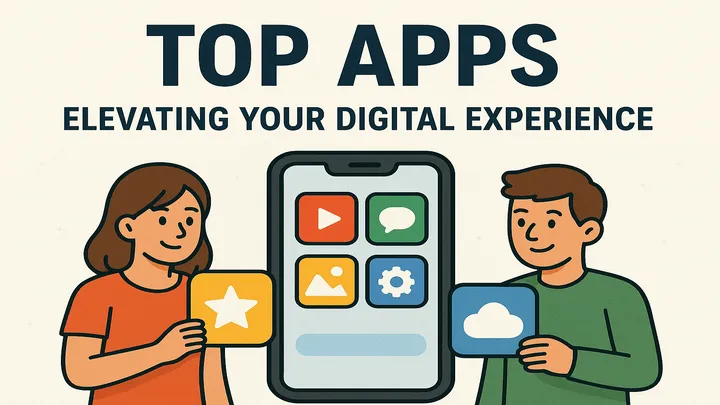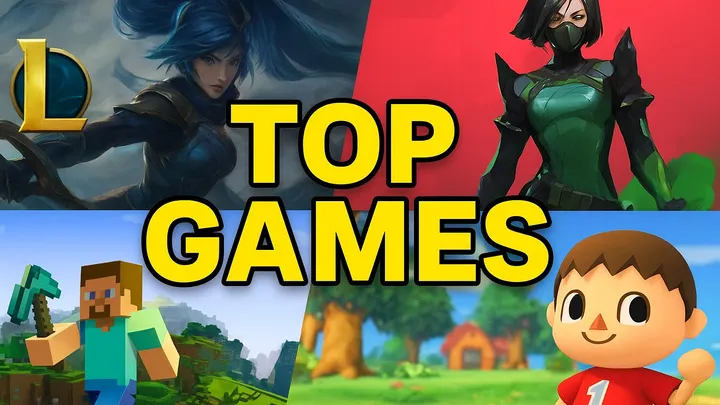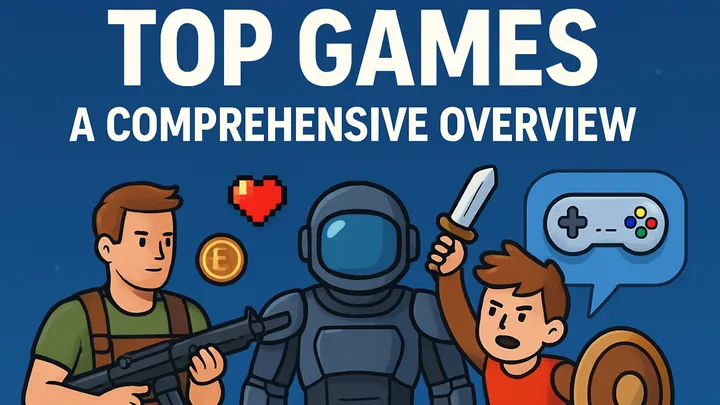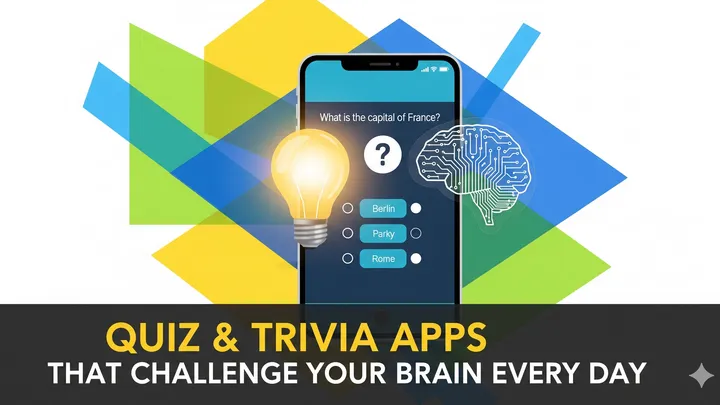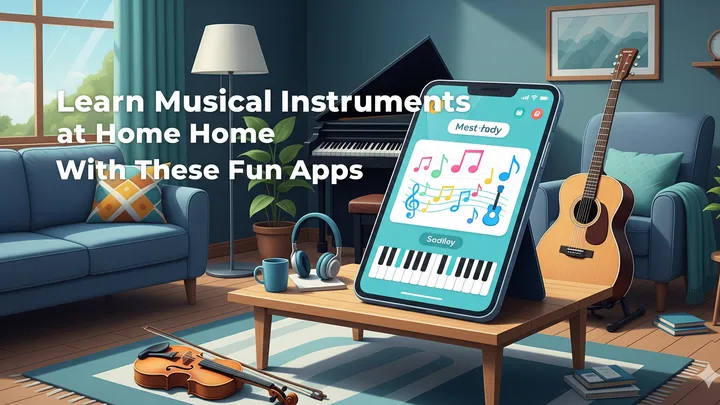The Top 3 Apps of 2025: Redefining Digital Life in a Connected World
Introduction
As 2025 unfolds, the app economy continues to dominate the way people live, work, and connect. With more than six billion smartphone users worldwide, apps have become the foundation of global digital culture. This year has already witnessed the release of groundbreaking applications that are reshaping productivity, entertainment, and social connection. Unlike previous years when incremental updates defined the marketplace, 2025 has seen a leap forward, with bold innovations that leverage artificial intelligence, immersive design, and cross-platform ecosystems. This feature explores the top three apps making waves in 2025, analyzing their origins, unique features, cultural impact, and potential to influence the future of digital technology.
The Rise of NovaMind: AI-Powered Productivity Reimagined
Among the standout apps of 2025 is NovaMind, an AI-driven productivity platform that combines task management, creative brainstorming, and real-time collaboration into one seamless package.
A New Standard for Productivity
NovaMind positions itself as the next evolution of productivity apps, offering more than just calendars or to-do lists. Its central innovation lies in the AI assistant embedded within the app. This assistant does not simply automate reminders; it learns user patterns, adapts to individual work styles, and even suggests optimized schedules based on energy levels and focus trends. For remote workers and hybrid teams, NovaMind has become an essential hub that replaces older apps with a single, intelligent solution.
Features That Redefine Workflow
- Smart scheduling that adjusts tasks dynamically if unexpected delays occur
- A brainstorming module that turns rough notes into structured project outlines
- Seamless integration with workplace tools such as Slack, Zoom, and Google Workspace
- An immersive focus mode powered by ambient soundscapes and personalized timers
Global Adoption and Cultural Impact
Since its January 2025 launch, NovaMind has been downloaded more than 120 million times, dominating both iOS and Android charts. Students, freelancers, and multinational corporations alike praise its ability to streamline workflows. Critics, however, caution about potential overreliance on AI for decision-making. Regardless, NovaMind has already become a symbol of how artificial intelligence is moving from novelty to necessity in daily life.
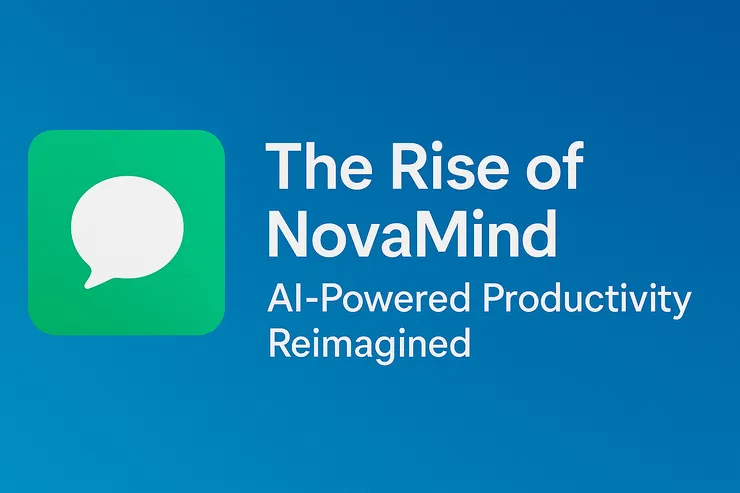
Lumiere: The Social App that Merges Reality and Virtual Worlds
The second app shaping 2025 is Lumiere, a social platform that blends augmented reality (AR) with traditional networking. Designed for a generation increasingly seeking immersive experiences, Lumiere allows users to project digital identities into real-world spaces, creating hybrid interactions that feel futuristic yet intuitive.
The Birth of a New Social Medium
Lumiere was created by a startup collective of developers who believed social networking had grown stagnant. Their vision was to merge physical presence with digital creativity. Users can create AR avatars, leave interactive notes in real locations, or join community-based AR meetups where both digital and real elements collide.
Key Features
- AR overlays that let users customize their surroundings with digital art
- Location-based communities where people can leave digital footprints such as stickers, songs, or videos for others to discover
- Privacy-focused design that ensures AR data is locally encrypted and user-controlled
- Tools for content creators to monetize AR-based events and experiences
The Cultural Buzz Around Lumiere
Within three months of release, Lumiere became a cultural phenomenon, especially among Gen Z and Gen Alpha. College campuses and city centers have turned into living digital canvases, where virtual and real interactions coexist. Artists are using Lumiere to create citywide AR exhibitions, while brands experiment with virtual pop-up stores visible only through the app. This blending of commerce, art, and social life positions Lumiere as one of the most disruptive apps of the decade.
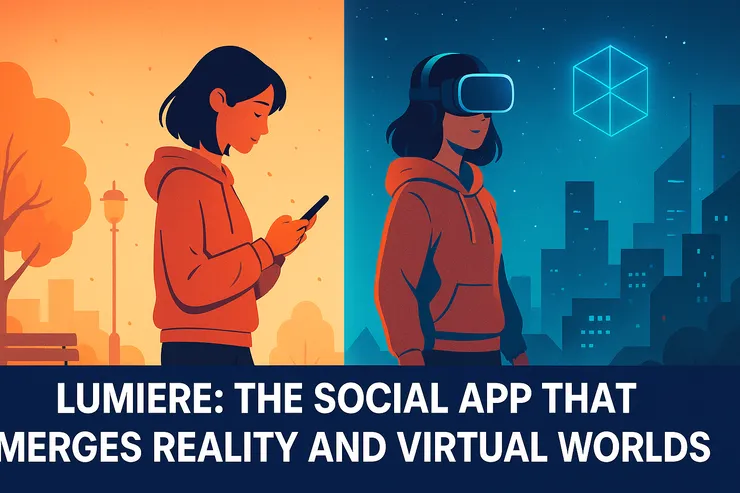
PulseVR: Entertainment Reimagined Through Immersive Streaming
The third major breakout app of 2025 is PulseVR, a next-generation entertainment platform that combines virtual reality, cloud streaming, and interactive storytelling.
Reinventing Streaming for the Immersive Era
While Netflix and other giants continue to dominate traditional video streaming, PulseVR takes entertainment into uncharted territory. It allows users to step inside their favorite shows or concerts via VR headsets or even AR-enabled smartphones. Instead of being passive viewers, audiences become participants in digital events.
Highlighted Features
- Real-time VR concerts where fans can interact with performers and other attendees
- Interactive series that let users influence plotlines with collective decisions
- Cloud-streaming technology that eliminates the need for expensive VR hardware
- Accessibility tools that allow users without headsets to join via mixed-reality smartphones
Global Reach and Influence
PulseVR has already signed deals with major entertainment companies to host exclusive content. Music artists have debuted albums within immersive VR concerts, drawing millions of attendees worldwide. Meanwhile, television producers are experimenting with “co-viewing” experiences where audiences from different continents influence storylines together in real time.
Critics argue that immersive streaming may alienate traditional audiences, but the numbers speak otherwise. By mid-2025, PulseVR reported over 70 million active users, making it the fastest-growing entertainment app of the year.
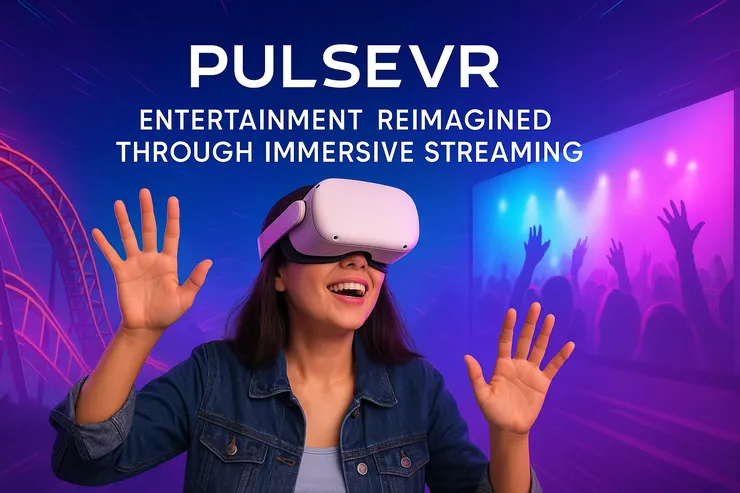
Comparing the Top Three Apps
Though NovaMind, Lumiere, and PulseVR belong to different categories, their success is tied together by three shared themes:
Integration of Artificial Intelligence and Immersion
- NovaMind demonstrates how AI can adapt productivity to human needs
- Lumiere reimagines social interaction through augmented layers
- PulseVR turns entertainment into participatory, immersive experiences
Focus on Accessibility and Inclusivity
All three apps emphasize accessibility. NovaMind uses adaptive scheduling for neurodiverse users, Lumiere provides strict privacy tools, and PulseVR ensures that immersive content is available without high-end hardware.
Cultural and Economic Disruption
Together, these apps highlight a trend where digital products are no longer utilities but cultural platforms. They define how people work, socialize, and entertain themselves in ways that shape global culture.
The Broader Implications for the App Economy in 2025
The success of the top three apps underscores larger shifts in the digital ecosystem. Artificial intelligence is no longer a background feature—it is the centerpiece of new innovation. Augmented and virtual realities are moving from niche markets to mainstream adoption. Most importantly, developers are prioritizing user experience as culture itself becomes intertwined with technology.
These shifts indicate that the app economy is entering a new stage, one where the boundaries between digital and physical worlds continue to blur. The rise of NovaMind, Lumiere, and PulseVR is not just about individual app success but about the broader transformation of human interaction in a hyper-connected era.
Conclusion
The top three apps of 2025—NovaMind, Lumiere, and PulseVR—represent the cutting edge of how digital technology is reshaping the world. NovaMind redefines productivity through adaptive AI, Lumiere reinvents social networking by blending real and virtual worlds, and PulseVR pushes entertainment beyond passive consumption into immersive participation. Together, they highlight how innovation in 2025 is about integration, immersion, and inclusivity. As technology continues to evolve, these apps set the standard for the future, transforming how we work, connect, and entertain ourselves.








